VERDUN - The Nécropole Nationale de Douaumont - The Final Results of the Battle of Verdun 1916
Years of visit: 1986, 1994, 2005, 2009

A visit to the Nécropole Nationale de Douaumont and the aftermath of the Battle of Verdun.
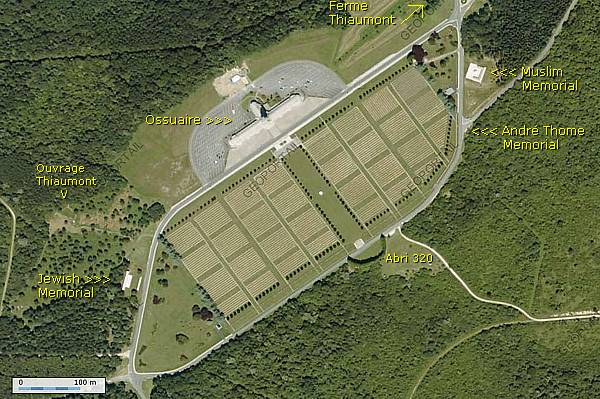
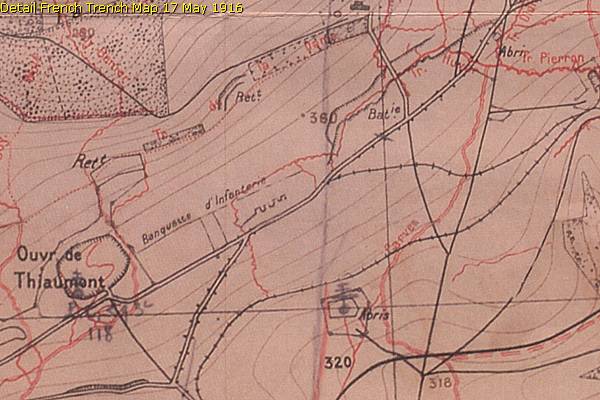
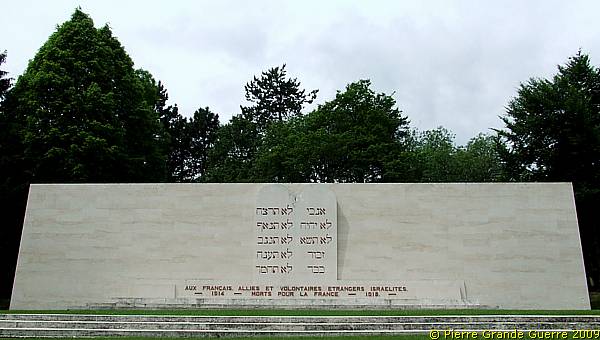

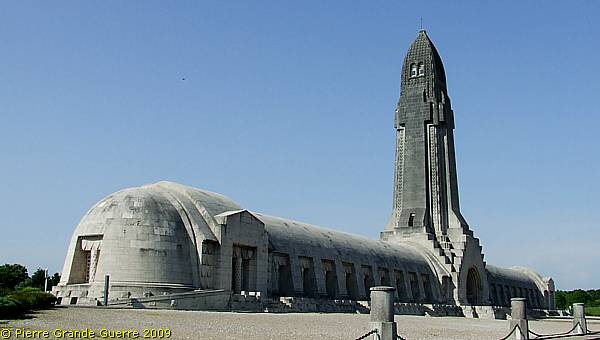
Some photos of the early post war period, when the cemetery and ossuary were still under construction.

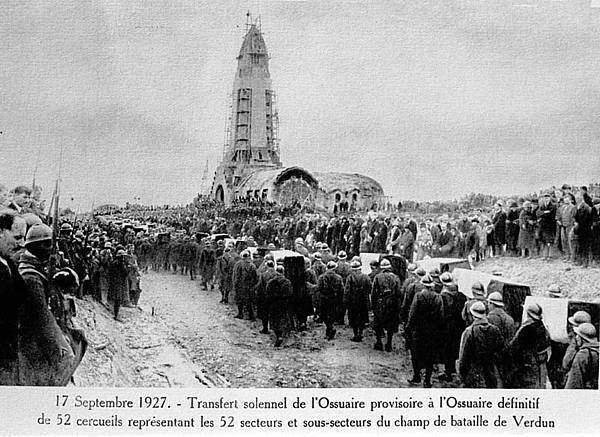
| In 1927, as you can see on the period picture, the construction works were not yet finished. The Ossuary of Douaumont was created by the architects Léon Azéma, Max Edrei, and Jacques Hardy. It has been officially inaugurated in 1932.
|
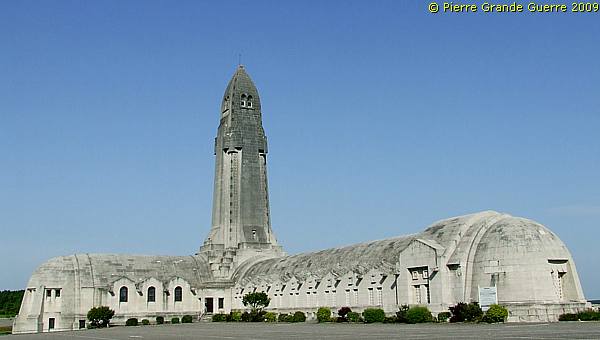

The tower is 46 m. high.

We visit the interior. At the entrance, left: the statue of "Resignation".
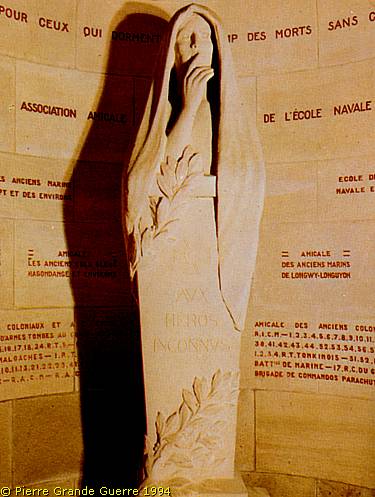
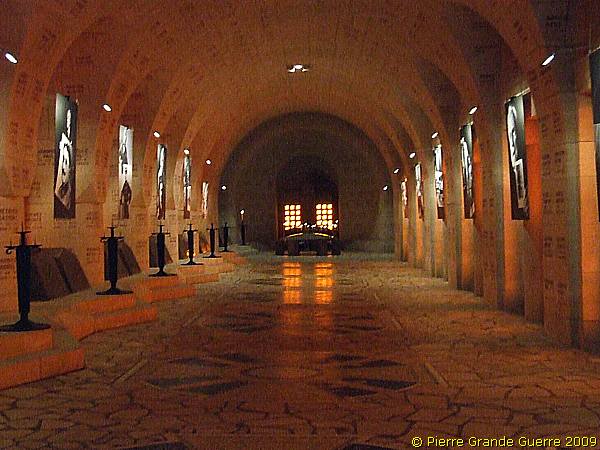
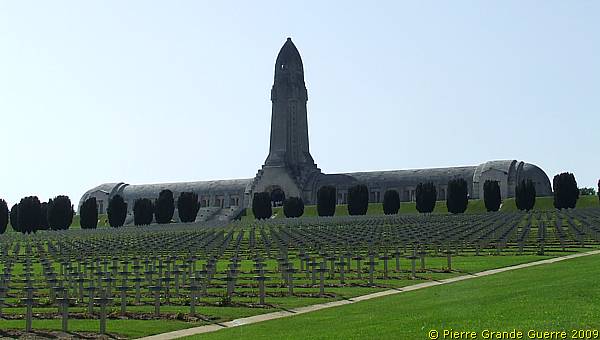
The Final Results of the Battle of Verdun 1916
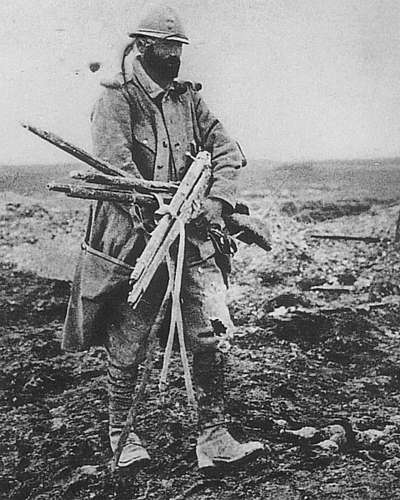
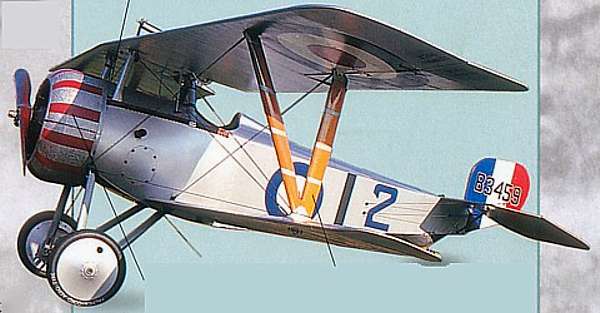
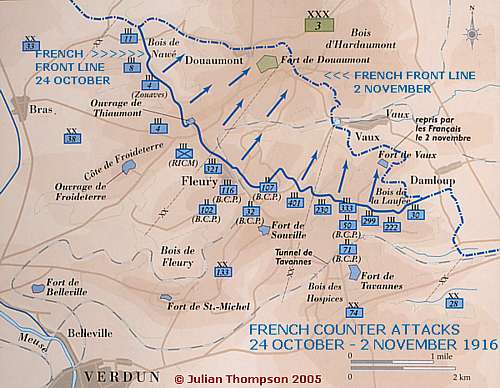

Casualties after the Battle
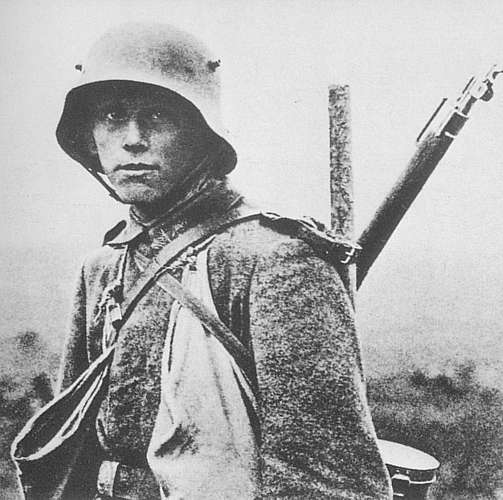
After 10 months of battle the historians now estimate:
The French deployed 1,140,000 soldiers. 163,000 French soldiers were killed, and 216,000 French soldiers were wounded. In the French Army there were many men of African colonial origin, counted here as French soldiers.
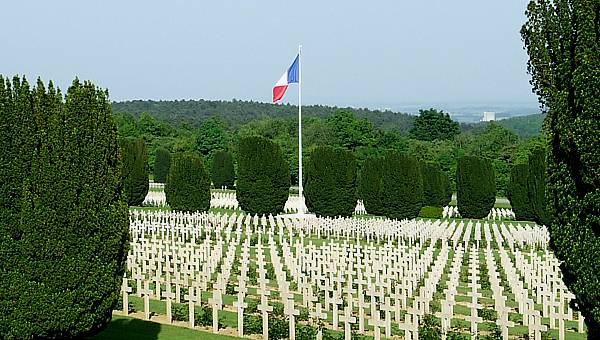
Tele view from the Cemetery to the Fleury Memorial. The Memorial stands on the location of the former train station of the destroyed village of Fleury.
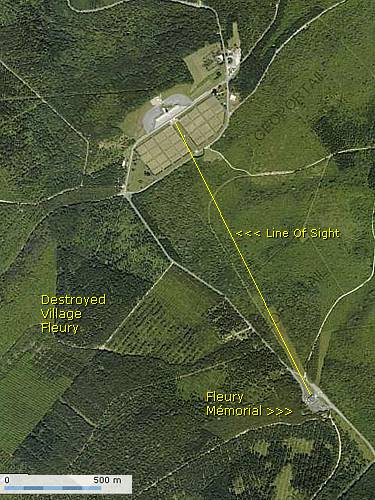


The Muslim graves are directed towards Mecca.
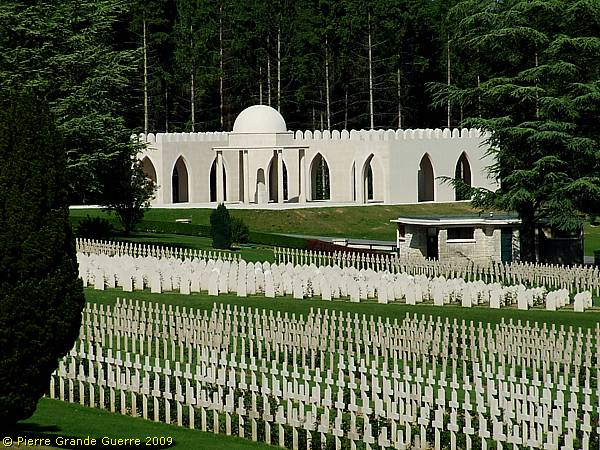
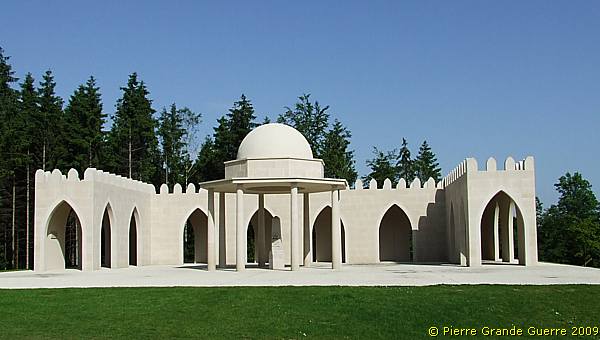
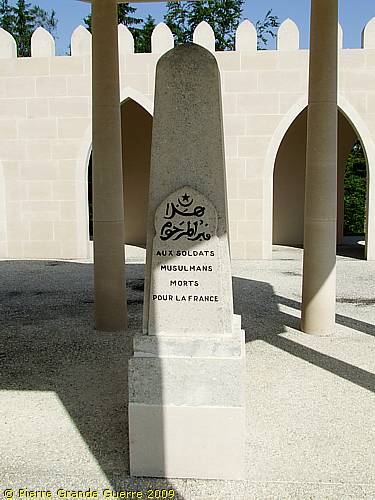
Next to the Muslim Memorial lies the memorial for André Thome. The reclining soldier is sculpted by Alexandre Descatoire, and it also called "Le Soldat du Droit" (The Soldier of Justice). Thome was a social democratic deputy of the department Seine-et-Oise in the French House of Deputies.














